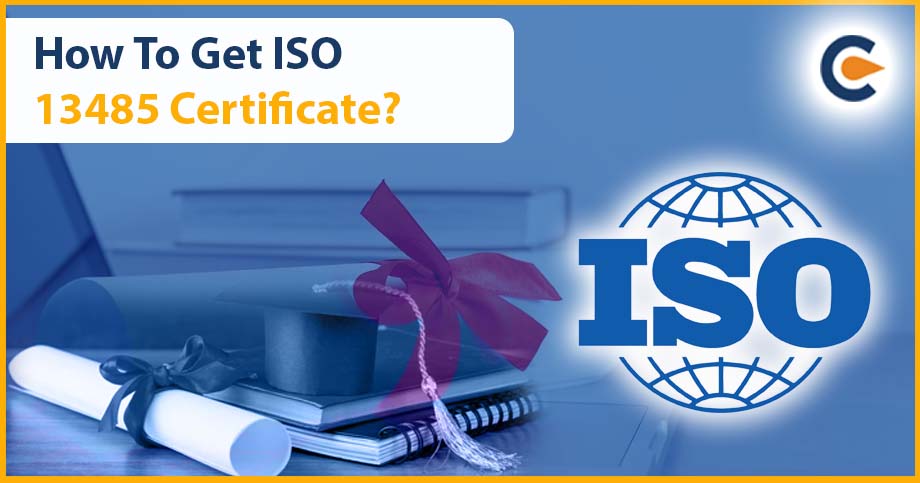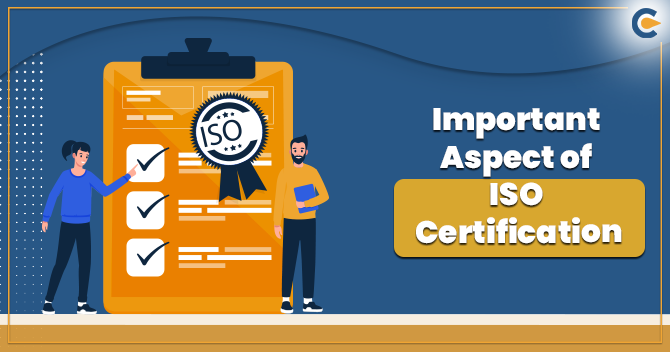ISO were published in 1987 by the international organization for standardization for the first time, and are not specifically developed for usage of particularly few industries or products. There are various standards developed under ISO and major revisions have been made in 2000 and now the ISO 9000:2005 provides for definitions, ISO 9001:2008 stands for requirements, ISO 9000:2015 is for fundamentals and vocabulary and ISO 9001:2015 is for QMS requirements, ISO 2015 are the latest ISO published and followed. The US technical advisory group and the ASQ subcommittees play the role of developing ISO 9000 family. In this write-up, we will discuss the difference between ISO 9000 and ISO 9001.
What is International Organization for Standardization (ISO)?
The ISO releases standards of quality check, manufacturing process, quality assurance, safety standards etc. these standards are followed by various industries across the globe. The standards will be thoroughly checked by a visit at the industries and if they are found to fulfil all the standards and requirements established by ISO, then the products and services of those industries will be provided ISO certification and ISO certified mark over all of their products and services which creates a trust among its customers that the products they are using is safe and of good quality.
What is the Meaning of ISO 9000 and ISO 9001?
Let’s discuss the meaning of ISO 9000 and ISO 9001:
ISO 9000
ISO 9000 as stated above is a set of definitions and standards which is uniform for all the industries and types of goods and services, it is followed worldwide and the organizations who maintain standards as per the ISO 9000 offer their customers’ effective and efficient quality management system with complete assurance.
This helps in building customer confidence and goodwill for the organization amongst the targeted market. It can fulfil a customers requirement and a long run in the market by continuous usage. It also supports environmental safeguards and sustainable development of the society. It is meagre a first step of quality check.
ISO 9000 has a family of ISO:
- ISO 9001:2015: Quality Management Systems (QMS) – Requirements
- ISO 9000:2015: Quality Management Systems (QMS) – Fundamentals and Vocabulary (definitions)
- ISO 9004:2018: Quality Management – Quality of an Organization – Guidance to Achieve Sustained Success (continuous improvement)
- ISO 19011:2018: Guidelines for Auditing Management Systems (E-Standard)
ISO 9000:2015: Quality Management Systems: The ISO 9000:2015 establishes seven principles for effective management that shall be applied by the organization on their associate staff to manage the organization effectively and efficiently. These 7 principles are as below:
- Customer Focus:
- Identify the demands of both current and potential consumers.
- Align corporate goals with the requirements and expectations of the consumers
- Meet the demands of the customers
- Assessing client satisfaction
- Organize customer interactions
- Exceed customers’ expectations as a goal
- Learn more about customer happiness and experience
- Leadership
- Establish the organization’s vision and direction.
- Set difficult objectives.
- exemplary business values
- Construct trust
- Prepare and entrust workers
- Recognize the efforts of the staff
- Acquire greater leadership knowledge
- Engaging People
- Make sure that individuals are engaged and that their abilities are respected.
- Hold individuals accountable
- Encourage involvement in ongoing improvement
- Analyse each person’s performance
- facilitating exchange of learnings and knowledge
- Encourage open dialogue about issues and limitations.
- Find out more about participation of employees
- Process Strategy
- Control activities using procedures.
- Measure the effectiveness of your actions.
- Find connections between various activity
- Make improvement opportunities a priority.
- Utilize resources wisely
- Discover more about the process view of work and discover the tools for process analysis
- Improvement
- Boost capabilities and performance of the organisation
- Plan your improvement efforts.
- Encourage individuals to make improvements
- Measure advancement regularly
- laud accomplishments
- Find out more about methods for continuous improvement
- Decision-Making Based On Evidence
- Ensure that accurate and trustworthy statistics are available.
- Make conclusions based on analysis by employing relevant data analysis techniques
- Analyse data while taking into account your experience
- View the decision-making tools
- Relationship Control
- Find and choose suppliers to control costs, make the most of resources, and provide value.
- Build connections with both the short- and long-term in mind.
- Share knowledge, assets, details, and plans with business associates.
ISO 9001
It is defined as the International Standard that specifies requirements for a QMS or Quality Management System. Organisations use the standard to demonstrate the ability to consistently provide products & services that meet customer & regulatory requirements. It is the most popular standard in the ISO 9000 services & the only standard in the series to which organisations can certify.
Difference between ISO 9000 and ISO 9001
Following is the difference between ISO 9000 and ISO 9001:
- Compared to ISO 9000, ISO 9001 is a single principle of the complete body structure of ISO 9000. As in ISO 9000 is a family whereas ISO 9001 is a member of that whole family, so ISO 9000 is much wider in concept, scope and applicability as compared to ISO 9001.
- ISO 9001 has various clauses which mentions set of principles to be followed by the organizations in order to maintain a continuous flow of products and services along with maintaining quality and providing customers a satisfaction.
- There is not much big difference between the two, it is the understanding of the both as one is a member of the family so they are both bound to have resemblances but a key difference between ISO 9000[1] and ISO 90001 is ISO 9000 is a set of definitions and vocab, it will provide you an understanding about the principles, it is a theory based approach, to help read the principles and understand them by reading them however the ISO 9001 is practically based approach, it provides the business owners to take executionary actions and implement the standards into everyday practise.
- ISO 9001 has a main purpose that the business owner takes actions to maintain quality standards and a long run among the market.
ISO certification is provided to the organizations who maintain the quality standards as laid down under ISO by the member states. The iso certification is a stamp on the products and services to enable the customers to identify the products which has been verified by the ISO that the company complies with and matches the standards set by the ISO. So, ISO issues a certificate to those organizations.
Conclusion
ISO provides for a regulatory check, which is of utmost priority in todays time to maintain quality and healthy competition. ISO 9000 and ISO 9001 has a key difference that ISO 9000 establishes basic principles and regulations to read and understand, whereas ISO 9001 has a rather practical approach which requires the organizations to implement those guidelines and principles.
Also Read:
Why The ISO Registration Has Creditability In India: Process Of ISO Certification
Important Aspect Of ISO Certification That Every Manufacturer Needs To Remember











